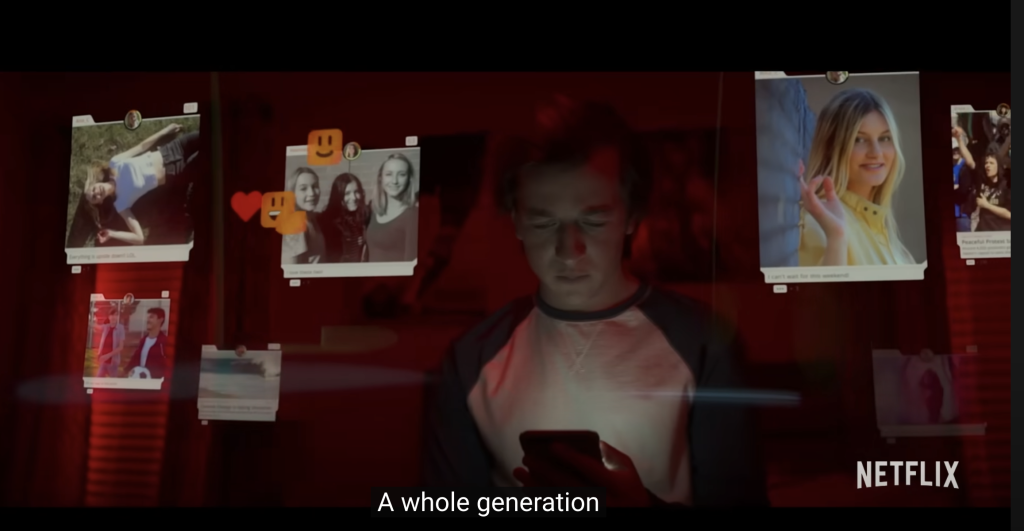Media communication is shaped by cultural and social factors. Stuart Hall’s Encoding/Decoding model provides an understanding of how media messages are created and interpreted. Encoding refers to how creators embed meaning into their content, while decoding involves the audience interpreting these messages based on their cultural and personal contexts.. This remains highly relevant today, as media platforms influence both self presentation and audience interpretation.

In media, encoding involves embedding meaning into content, shaped by cultural codes and audience expectations. For instance, advertising often uses familiar symbols, such as flags or luxury imagery, to attract attention and prompt emotional responses from viewers. The platform where content is shared plays a fundamental role in how it is encoded. Instagram emphasises aspirational content with high quality visuals, appealing to audiences engaged with idealised lifestyles. On the other hand, TikTok encourages humour and relatability, with brands adopting a casual tone to connect with younger audiences through trends and challenges.
News outlets also tailor their encoding strategies. For example, on Twitter, breaking news is shown in short, attention-grabbing posts, while more detailed reports appear on news websites. Similarly, television content is often adapted for social media as short, shareable clips. According to Hall (1997), these platforms use specific encoding strategies to ensure that content resonates with different audiences. However, this raises critical questions about how such strategies influence public perception, underscoring the importance of media literacy in decoding these messages.

Hall’s three decoding positions:
- Dominant-Hegemonic Reading: This occurs when audiences fully accept the encoded message. For example, Coca-Cola’s holiday advertisements often link the brand with joy and family traditions. Most people embrace this message, associating the product with positive memories
- Negotiated Reading: Here, audiences partially agree with the message but adapt it to fit their personal circumstances. Fast food advertisements, promoting affordable family meals, may appeal to the convenience they offer, but viewers might question the health implications. Personally, I find the appeal of ads compelling, yet I remain sceptical about their nutritional claims.
- Oppositional Reading: In this case, audiences reject the encoded message entirely. For instance, luxury brand advertisements on social media often receive criticism for promoting excess or insensitivity, particularly during times of economic hardship. These oppositional readings often spark discussions.
TikTok, in particular, fosters interactive decoding. For example, a motivational Nike ad might inspire some users to work out, while others question the authenticity of a corporate entity seizing personal empowerment. Some even create parody videos, transforming the ad into an oppositional meme. This feedback loop between producers and audiences highlights how digital platforms transform static messages into dynamic, interactive conversations. Marwick, Alice E. (2013)

In my view, media literacy plays a crucial role in navigating these complexities. As a digital media student, I have found that understanding the encoding and decoding process enables me to critically engage with media messages. Platforms like Instagram and TikTok often blur the lines between authenticity and performance, making it essential for users to recognize the underlying intentions behind the content they consume.


Hi Hadnan, your post did a great job explaining Hall’s Encoding/Decoding model and its relevance in today’s media landscape. I like how it uses platforms like Instagram and TikTok to show how encoding adapts to audience expectations. It reminds me of campaigns like Dove’s ‘Real Beauty’, which challenge dominant messages by promoting body positivity. Media literacy is so important, especially with the blurred lines between marketing and authenticity. Great insights, this really makes me think about how I interpret media every day!